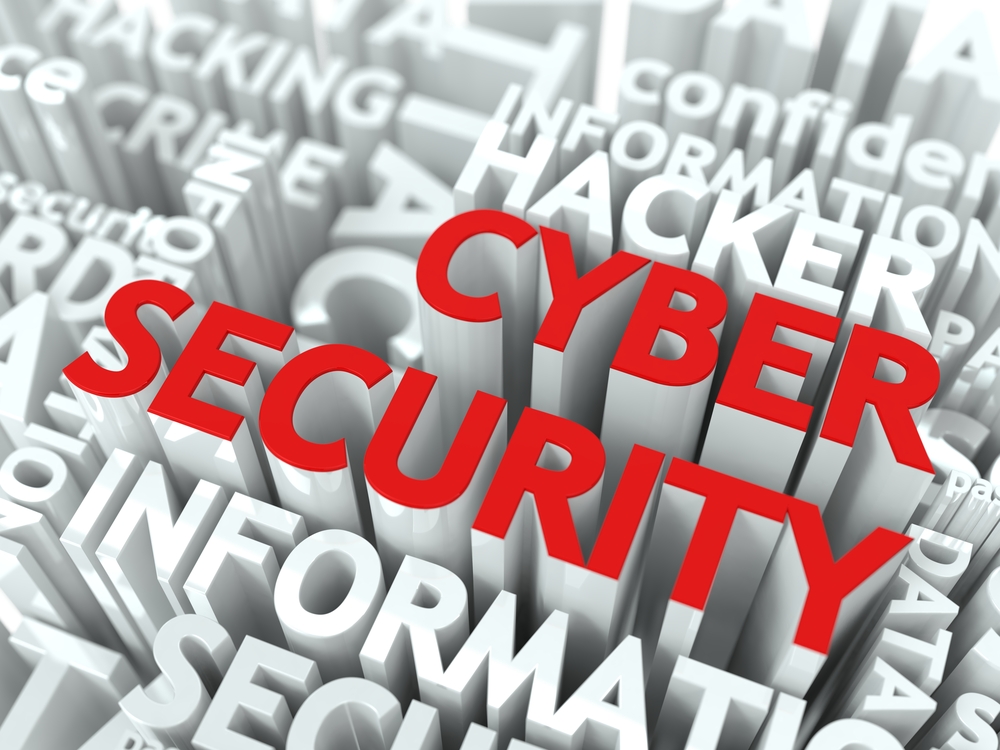Shield Your School from Supply Chain Cyber Threats
Supply chain attacks are a growing concern for schools, as they can have a significant impact on the operations and security of the institution. A...
3 min read
 Mark Orchison
:
Jun 10, 2021 3:20:14 PM
Mark Orchison
:
Jun 10, 2021 3:20:14 PM

The FBI has recently identified a primary malware that is designed to target schools. They have been tracking this since March 2020, and in March 2021 they have provided guidance on what steps to take in order to mitigate the risks associated with schools being successfully attacked. The malware in question is successfully shutting down school systems and draining squeezed budgets every week. This week, we saw the true severity of the malware attacks when a UK school was forced to close due to their systems being compromised. With this, we must ask ourselves, how should we respond to an increasingly widespread issue such as this?
What is it? What does it do?
The malware is very specific, and it is targeting K-12, independent and public/state schools, meaning that there is a wide range of organisations in the education sector at risk. It operates by disabling the antivirus software on the network, systems, servers and services, and proceeds to encrypt all connected Windows and/or Linux devices and data. This, in turn, renders all critical files, databases, virtual machines, backups, and applications inaccessible to users. Think about how many critical resources are associated with technology within your organisation, it would become virtually impossible for your school to function and uphold a sufficient level of teaching and learning.
How do I protect my school from this targeted malware?
Protecting your school in this case is about having an abundant understanding of where the threat may be coming from and where it could infiltrate your network.The FBI has published a list of email addresses and domains that are being used to target schools. Schools can use this information to ensure the email addresses / domains are blocked, therefore reducing the risk of the malware passing through into email inboxes or system services.The FBI document is available in the 'Further information and guidance' section at the bottom of this article.
Why is this important now?
The information from the FBI allows schools to put in place preventative measures to protect them from the malware that is most known to seek out and attack schools. Attackers realise that defences are generally lower during the school summer break. They also realise that there is little point in executing their attack during the summer break as there is plenty of time for the school to respond and recover. Their favoured time of attack is at the start of a new academic year or term. An attack at these times of the year places significant reputational and operational demands on schools, meaning they are quicker to pay a ransom and likely to agree to higher demands. You will notice a lull in attacks over the summer, then a surge at the start of the new academic year. Taking mitigative steps now will ensure that your school is efficiently protected against this type of malware attack.
Reducing your risk of an attack by 85%
9ine’s research tells us that taking the following steps will significantly reduce the risk of you being subjected to a successful malware attack. Here’s what we found:
Need help?
As you can imagine, our cyber team is pretty busy, working with schools from San Francisco to Leeds (UK) to Bangkok and Tokyo to reduce their vulnerability to cyber attacks. Get in touch with us to protect yourself from an attack by joining 9ine’s community of schools and learn from our experts on education specific threats.
Webinar
Join our webinar - Education Cyber: The ransom seeking malware missile attacking schools on Thursday, 17th June 2021 to learn more about this specific school hunting malware.
Further information and guidance
Request an example cyber vulnerability assessment report to understand how you should identify and manage your cyber risk.
Further information on the FBI cyber flash is available here.
The UK NCSC has updated their guidance for schools and that is available here.

Supply chain attacks are a growing concern for schools, as they can have a significant impact on the operations and security of the institution. A...

Cybersecurity can be daunting at the best of times, but it doesn’t have to be. When we speak of the term ‘cybersecurity’, we are actually speaking of...

The National Cyber Security Centre (“NCSC”) recently released a formal alert informing schools on yet another increase in ransomware attacks within...